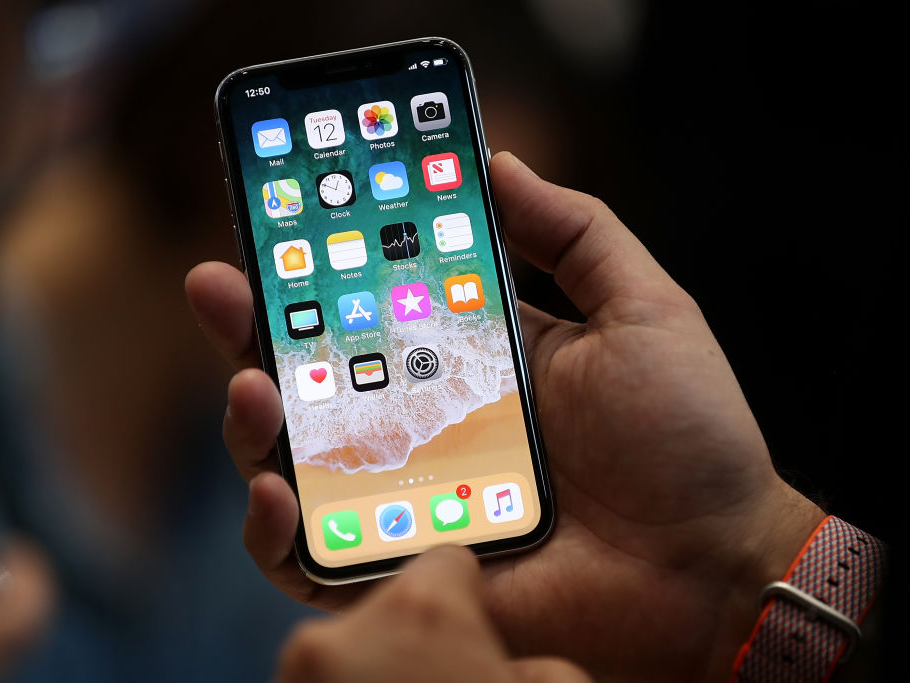- Apple released iOS 11.4, a software update that includes a long-promised feature: Messages in iCloud.
- The new feature automatically saves and updates your iMessage history to your iCloud account, which means it’s synced across all your Apple devices.
- But there’s on drawback: if you don’t pay for iCloud storage, adding your iMessage history may eat up your storage space.
With the release of iOS 11.4, Apple has finally made the major change to iMessage it promised nearly a year ago.
The software update – which is now available for iPhones and iPads – includes a new feature called Messages in iCloud. And while it might not sound particularly thrilling, Messages in iCloud is a game-changing feature for iMessage users.
In the past, iMessage conversations have been stored entirely on your device – a long-standing issue for people who like to switch between messaging on their iPhone and messaging on their MacBook or iPad.
With Messages on iCloud enabled, your conversations will look the same no matter what device you’re viewing them on. And when you delete a photo or entire conversation, those changes will carry over everywhere.
Plus, when you go to set up a new device, your message history will be stored in your iCloud account and can be accessed on your new iPhone or iPad.
When Apple Senior Vice President of Software Engineering Craig Federighi introduced the change at WWDC last June, he noted one other benefit: quicker iPhone backups.
"With your messages in the cloud, we only need to keep your most recent messages cached on the device," Federighi said at the time. "That makes for smaller and faster backups."
One key factor to consider before switching it on
While Messages in iCloud is convenient for people with multiple devices and lots of iCloud storage space, there's a group of Apple customers who may not want to switch this feature on: those who don't pay for iCloud storage.

Apple provides a free 5 GB of storage to everyone with an iCloud account. For a lot of people, that space fills up quickly, forcing them to purchase one of Apple's iCloud storage plans. To be fair, this isn't a major expense - 50 GB of storage costs only $1 per month in the US.
If you're not excited to pony up for additional storage, though, adding your entire iMessage history to your iCloud account may force you into upgrading your plan.
Apple hasn't said how much space the new feature will take up, likely because it varies from person to person. Factors like the number of devices you use or the size of your message history could affect how much it eats into your iCloud storage, so it's worth weighing your options before activating the new feature.
But for those who already pay for space, or those who just want to give it a try, Messages on iCloud is easy to set up.
Here's how to turn it on:
- On your iPhone, navigate to Settings > General > Software Update to ensure you have the latest version of iOS, called iOS 11.4.
- Still in Settings, tap your own name, then click on iCloud.
- Scroll down under "Apps using iCloud" until you see Messages. Toggle it on.
- On your Mac, open Messages.
- In the menu bar at the top of the screen, click on Messages > Preferences > Accounts
- Look for the option that says "Enable Messages in iCloud" and toggle it on.

